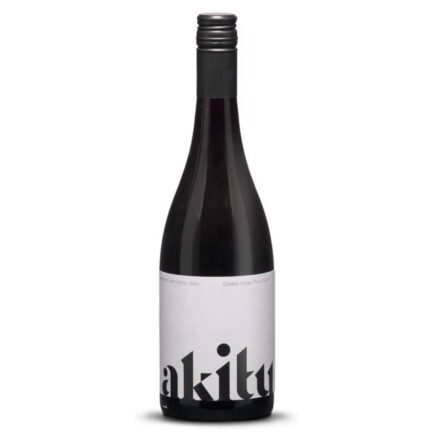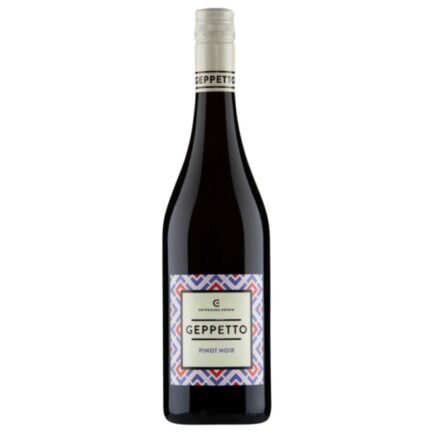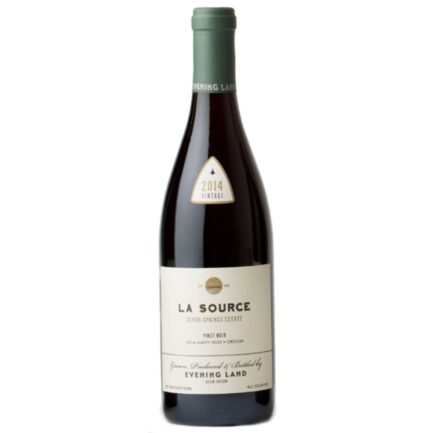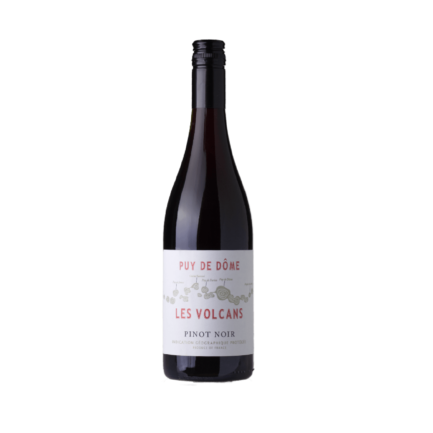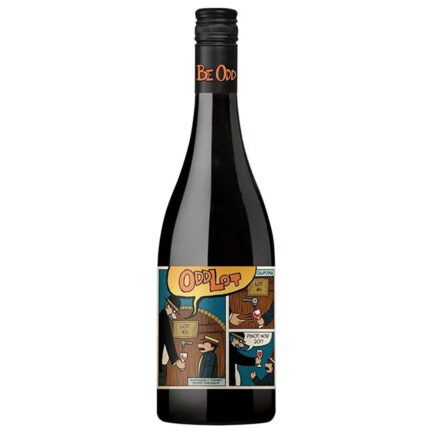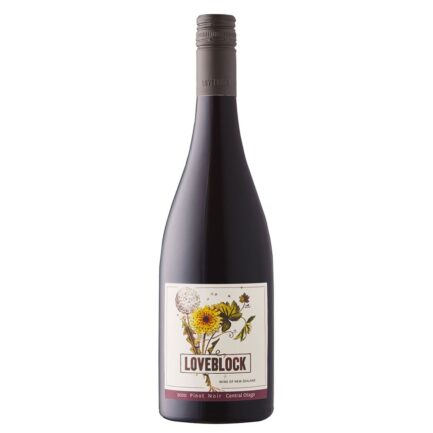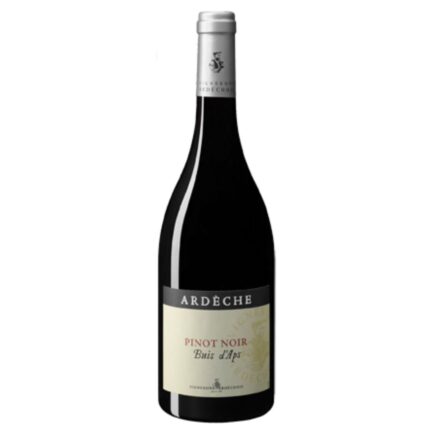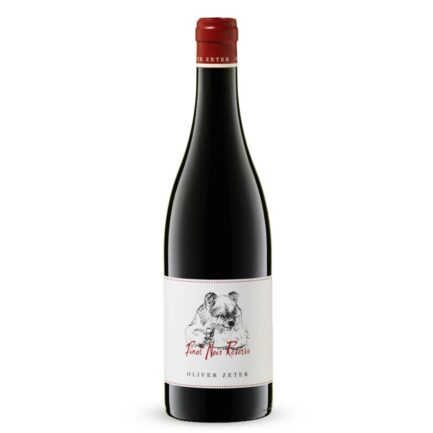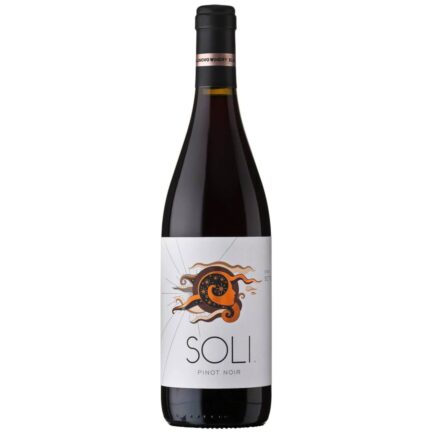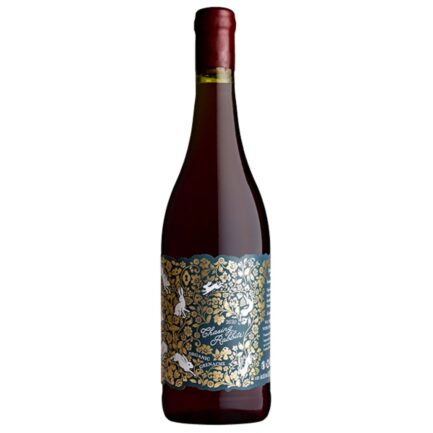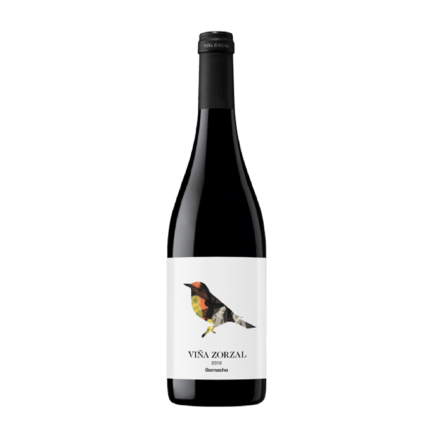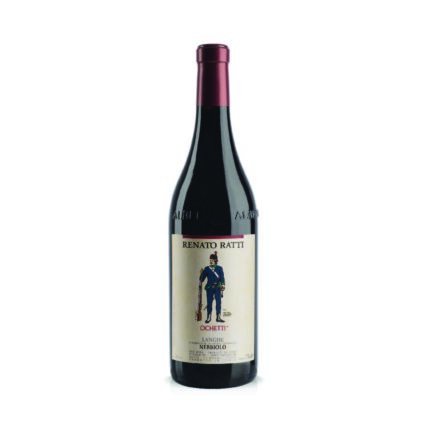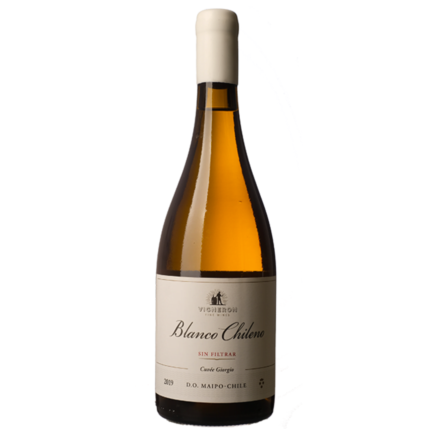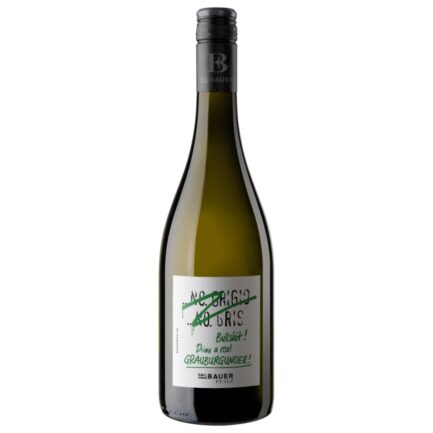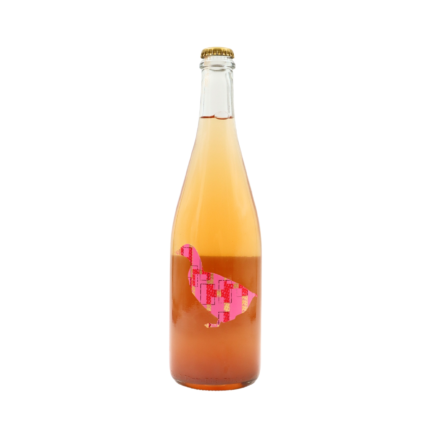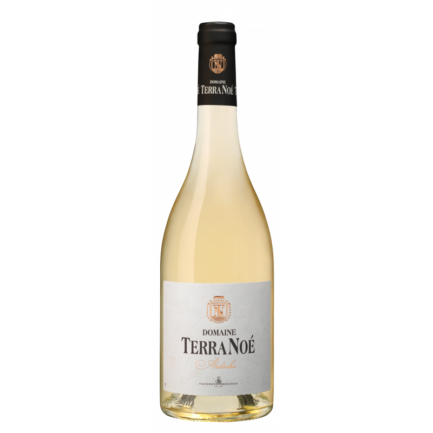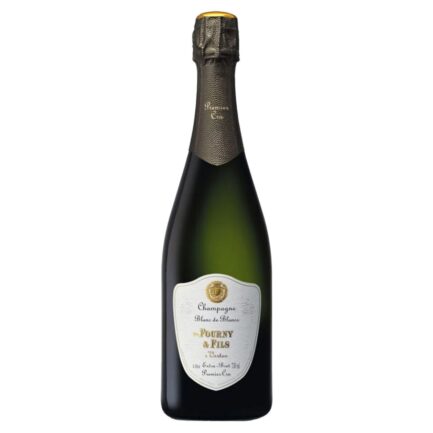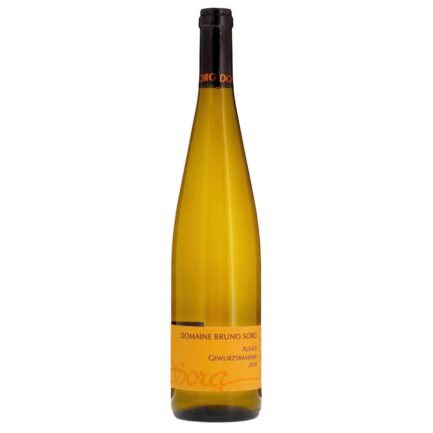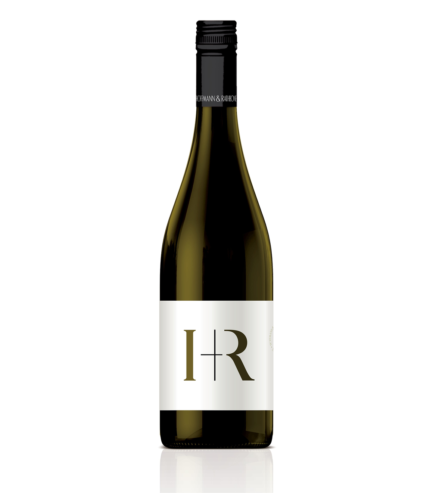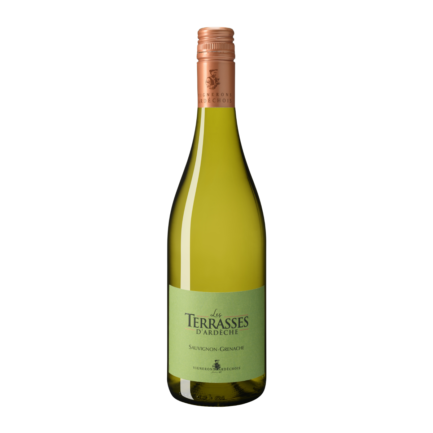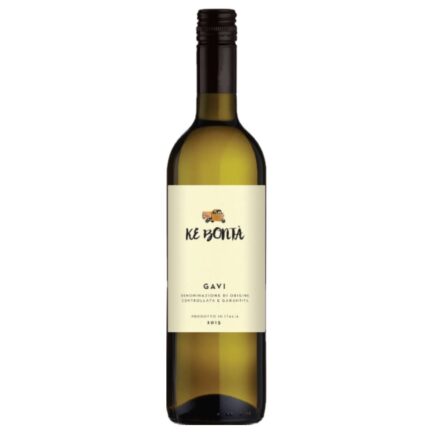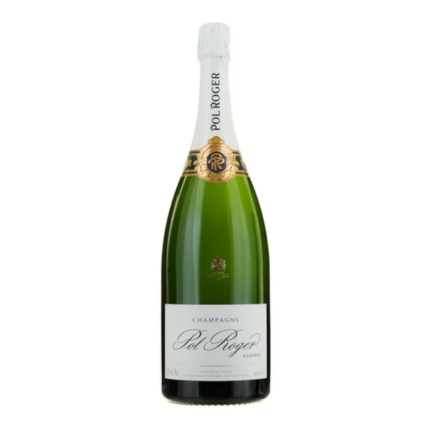Pinot Noir is known as the heartbreak grape as it has a reputation of being very difficult to grow. It buds early and therefore can be sensitive to spring frost, it ripens early and therefore prefers a cooler climate. It’s thin skinned and is prone to rot and viruses. It needs constant monitoring. And yet, it can also be the most rewarding.

About the grape
Pinot Noir makes generally lighter bodied wines, with lower tannin and real freshness from its bright acidity. You often find lots of red fruit character, which can be crunchy and when made in cooler climates like Burgundy and Alsace, or riper more juicy wines from the likes of California and Central Otago. Pinot Noir can often have a floral lift, especially more elegant Burgundian examples and can work well with oak if it’s handled delicately. It also can benefit from age, developing notes of truffle and wet leaves, there’s a savoury edge which is so appealing.
Notable Regions
Its most famous region is Burgundy, making some of the most exciting and expensive red wines on the planet. It’s climate and it’s limestone, clay soils provide a perfect patchwork quilt for the growth of Pinot Noir, which can be so remarkably different depending on where in Burgundy it’s grown.
Pinot Noir is also grown around the world. Some stunning examples can be found in particular in the USA, New Zealand and Australia. In the USA, Oregon is producing world class Pinot Noir. In New Zealand, beautifully elegant examples with some generous fruit are being produced in Martinborough and Central Otago.
Food Pairings
Pinot Noir is wonderful with poultry and game but it can also be delicious with mushroom and truffle-based dishes.


A look at some alternatives
Gamay is probably the most famous Pinot Noir alternative. This light skinned red grape, most commonly grown in Beaujolais, next door to Burgundy, shares some of those lighter delicate qualities with Pinot Noir like floral notes and crunchy red fruit. For those that like a bolder more medium bodied style of Pinot Noir, you could try Zweigelt, it has those lovely red fruit notes but also some of the more spiced notes. If you are a fan of the savoury notes in Pinot Noir, then look no further than Nebbiolo, although it has slightly higher tannis, it’s delicate, has those earthy tones and is capable of ageing like Pinot Noir. Explore some other alternatives below.
Explore Some of Our Pinot Noir
-
A2 Pinot Noir 2020, Akitu, Central Otago
£ 43.50 -
Coal River Valley Pinot Noir 2021, Tolpuddle Vineyards, Tasmania
£ 72.95 -
Geppetto Pinot Noir 2019, Crittenden Estate, King Valley
£ 21.50 -
La Source Pinot Noir 2019, Evening Land
£ 89.50 -
Les Volcans’ Pinot Noir IGP Puy de Dome 2022, Cave St Verny, Auvergne
£ 15.95 -
Novum Pinot Noir 2020/23, Marlborough
£ 38.95 -
Odd Lot Pinot Noir 2022, Scheid Family, Monterey
£ 12.50 -
Pinot Noir 2020, Westcott Vineyards, Vinemount Ridge VQA
£ 28.50 -
Pinot Noir 2021/22, Loveblock, Central Otago
£ 25.50 -
Pinot Noir Buis d’Aps 2021, Ardeche, Vignerons Ardechois
£ 11.50 -
Pinot Noir Reserve 2020, Oliver Zeter, Pfalz
£ 32.50 -
Soli Pinot Noir 2021, Edoardo Mirolglio, Thracian Valley
£ 16.05
